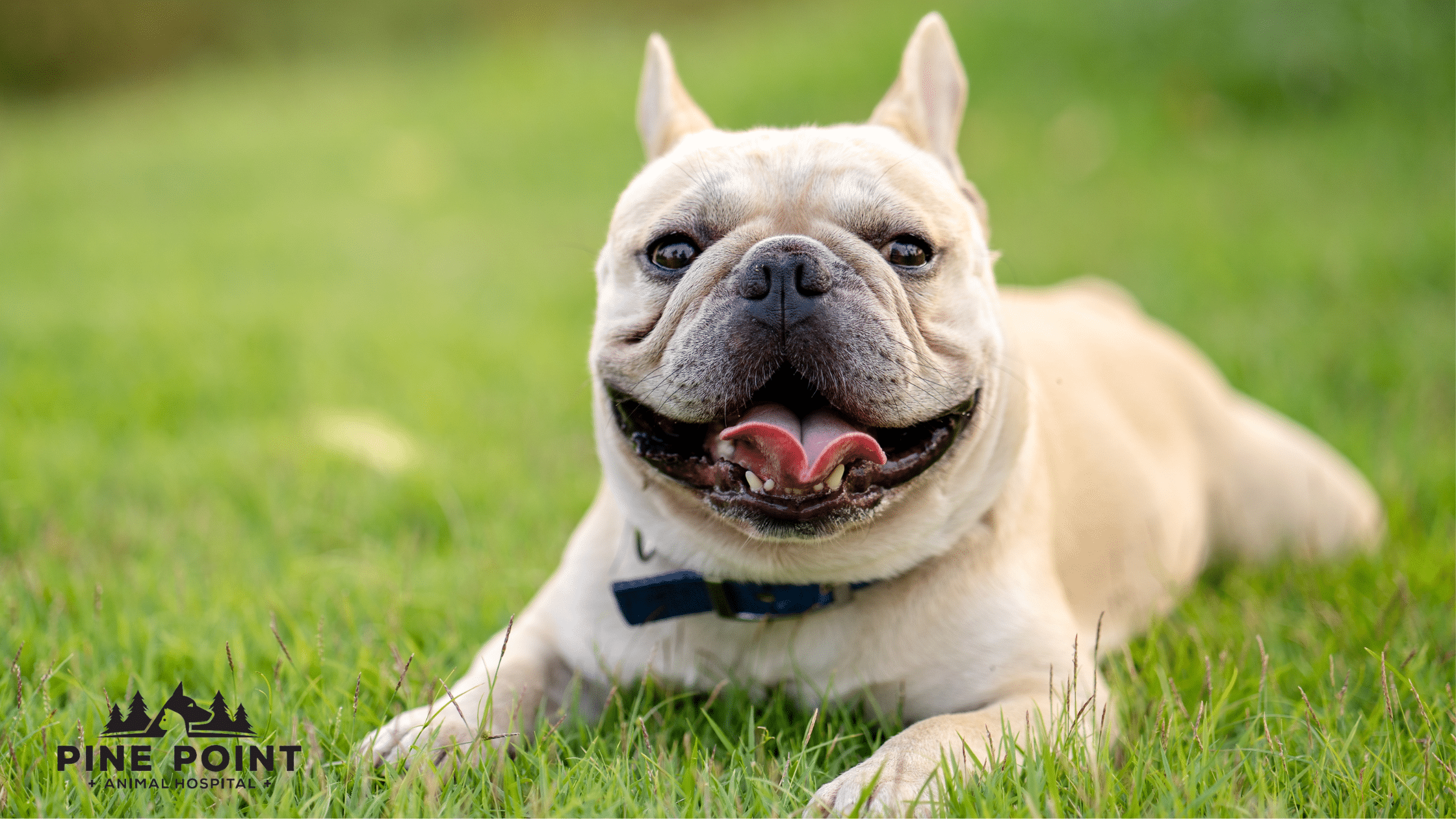Summer is officially here! For many pet owners, that means barbecues in the backyard, family camping trips, and hitting the trails with your furry best friends. It also means we’re in for more hot days, which can spell trouble for our pets. This summer, keep your animal companions safe and comfortable with these hot weather pet safety tips.
Start With A Vet Check-Up
Certain health conditions can make your pet more sensitive to hot weather. If you have a senior pet or a pet with a chronic health condition, a pre-summer check-up can help ensure their health and safety during warmer months. This is also a great time to discuss flea, tick, and heartworm prevention and address concerns about summer-related illnesses.
Hot Weather Pet Safety Quick Tips
While each pet’s tolerance for hot weather is different, there are a few universal rules for keeping them safe this summer.
Make sure pets have access to fresh, cool water. Keep water bowls full, clean, and out of the sun. Adding a few ice cubes to your pet’s water bowl can keep it cool longer, especially if it’s outside. Consider offering snacks like melon, cucumber, or frozen broth cubes to keep pets hydrated on hot days.
Avoid activity during the hottest part of the day. Try to plan daily walks and play sessions during the coolest parts of the day. Here in Damascus, Oregon, temperatures tend to peak between 3 pm and 6 pm. Try getting out for a walk in the cooler mornings or after the sun has begun to set.
Provide access to shade, fans, or air conditioning. Shaded outdoor areas, access to cool tile floors, and air conditioning can all help pets keep their cool on hot days. Air conditioning can be especially helpful for senior pets or pets with chronic health conditions.
Never leave pets unattended in hot cars. This is the golden rule of hot weather pet safety! Even on relatively mild days, car interiors can heat up quickly. On a 70-degree Fahrenheit day, the temperature inside your car can soar to over 115 degrees. If it’s hot outside, leave pets at home and never leave them unattended in hot cars.
How Hot Is Too Hot?
Have you ever been sweating through your t-shirt while your friend stands next to you, shivering in their sweater? Just like us, different animals have different levels of heat tolerance. Think about dogs like Basenjis and Weimaraners, who originated in hot climates compared to their husky and malamute cousins, who were bred for arctic conditions. That’s why it’s important to know your pets and their unique needs!
However, a few general must-knows are applicable for most animals when it comes to hot weather pet safety.
Asphalt temperatures
Even when air temperatures feel pleasant, asphalt and concrete can quickly superheat. According to some sources, asphalt temperatures can be 30-60 degrees hotter than the surrounding air. That means, on a 70-degree day, your pet could be walking on 100-degree surfaces!
Luckily, there’s a simple test to see if it’s safe to walk your dog on a hot day. Either stand barefoot on the sidewalk or hold your hand on the pavement. If it’s too hot to maintain contact for 7 seconds, then it’s too hot for your dog’s unprotected feet.
Car interior temperatures
We’ve already touched on the danger of pets in cars, but it’s worth restating! The temperature inside your car is much higher than the outside air, and it rises quickly every minute. If it’s over 70 degrees outside, it’s safer to leave pets at home than to leave them in the car for even 15 minutes.
Special considerations
Some pets are less heat tolerant than others. This varies widely depending on the animal’s age, health status, and breed. In general, hot days are more dangerous for:
- Young animals
- Senior animals
- Animals with chronic health conditions, such as heart disease
- Flat-faced (brachiocephalic) pets like pugs, French bulldogs, and Persian cats
Know The Signs of Overheating & Heatstroke
Even if you’re taking the right steps to keep your pet safe, they can still overheat. Recognizing the signs and knowing when to intervene can help prevent heat exhaustion and heat stroke.
Signs of overheating in animals include:
- Excessive panting
- Lethargy
- Drooling
- Vomiting or diarrhea
- Seizures
- Rapid heart rate
- Red gums or tongue
- Weakness or collapse
Heat exhaustion and heat stroke can be serious, life-threatening conditions. If your pet is exhibiting any of the above symptoms, contact your veterinarian as soon as possible! We can help you take appropriate steps to cool your pet safely.
Stay Safe This Summer!
At Pine Point Animal Hospital, we love getting to see pet parents enjoying the season with their best friends. If you have any questions about how to have a safe summer, give us a call or schedule your pet’s next appointment.

